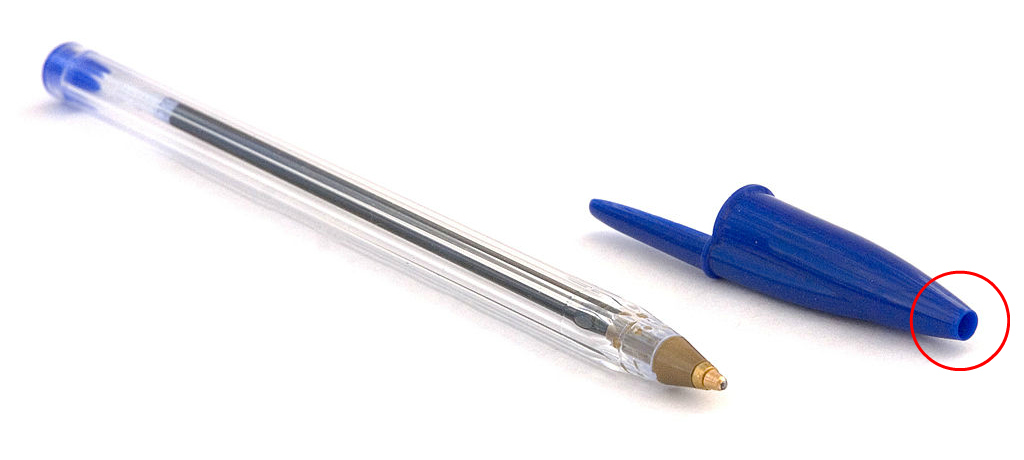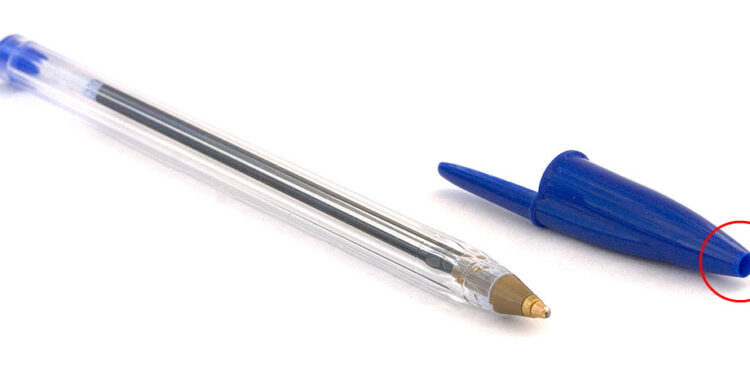
Bic was the first to place a hole in pen covers, but when it was revealed that the hole significantly reduced death by choking on a pen cover, the hole became a safety standard that other pen companies must follow.
Pen company BIC enhanced airflow and the likelihood that people would still be able to breathe even if that happened by simply adding a wider hole to the top of the lid – a design innovation that practically saves lives.
“In addition to preventing the pen from leaking, all of our BIC caps comply with international safety standards, attempting to reduce the risk of children inadvertently inhaling pen caps,” the business claims on its website. “Some of these vented caps, such as the BIC Cristal, have a small hole in the top to meet existing safety standards.”
The hole is a precautionary measure. It has been discovered that children (and some adults) willfully chew on pen covers and may ingest the cover. When swallowed, the cover may become trapped in the windpipe and suffocate them to death. If a pen cover is unintentionally eaten, the hole on the cover increases airflow, allowing the victim to breathe. Furthermore, the hole on the pen’s cover is a mandatory regulation that all pen brands must adhere to.
According to Matt Payton of The Independent, approximately 100 people die in the United States each year as a result of choking on pen lids, a figure that used to be higher. Other pen makers have followed suit, he says, by adding wider holes to the tops of their pens.



